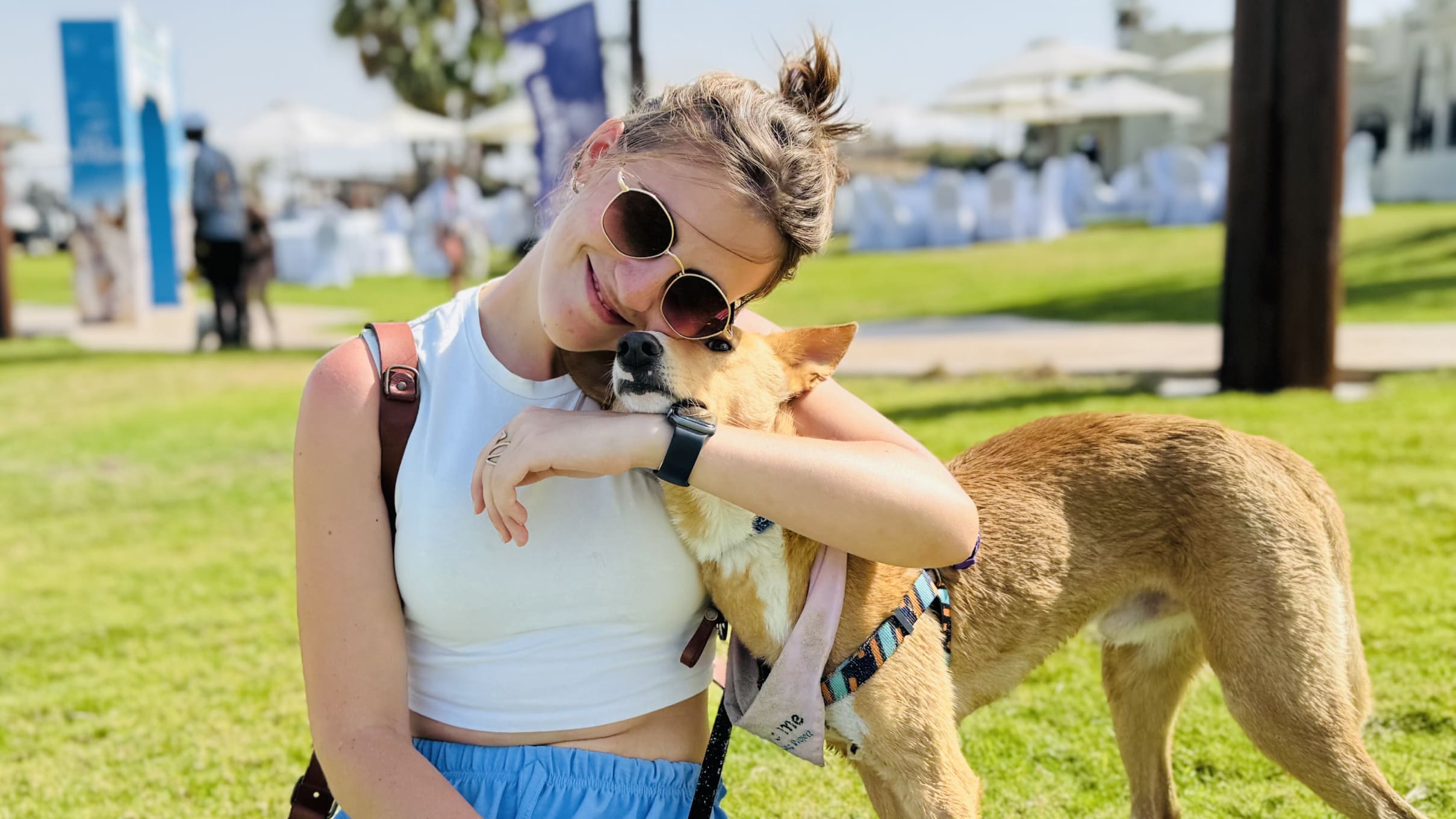Physical Therapy for Dogs and Cats: What to Expect

Pet physiotherapy became common a few decades ago when people began considering physical rehabilitation for racehorses who used to get injured more often. A few years later, Europe adopted the practice of pet physiotherapy for enhanced dog health and well-being. It eventually spread to the rest of the parts of the world and became one of the most normalized alternative treatment methods for dogs, cats, and more.
The ultimate goal of pet physiotherapy is to help animals regain their posture, range of movement, muscle strength, and bodily functionality to relieve pain and feel healthier again. Apart from improving a cat or dog’s quality of life, pet physiotherapy can do wonders for their healing process and reduce inflammation from injuries and surgeries.
However, pet physiotherapy involves unique plans and treatment options, depending on a pet’s condition and comfort levels. Therefore, when considering physiotherapy for your pets, it is important to be aware of what the process looks like.
Here is the standard process to keep in mind when going for pet physiotherapy.
A Thorough Physical Examination of Your Pet
Before starting physiotherapy, it is vital you take your dog or cat to the vet’s office for a veterinary referral. For your veterinarian to give the referral, a thorough physical examination of your pet will be required. Furthermore, it is important that pets are prescribed analgesia (pain relief) before starting a course of physiotherapy.
It is always suggested that you inform the veterinarian about your pet’s medical history, along with past injuries or any problems with their range of movement or posture that you’re recently noticed. There is a high chance your pet will be asked to perform tasks like sitting, standing, and lying down to determine their physical health and functional ability.
In certain cases, physiotherapy may be recommended as a form of “prehab”- rehabilitation prior to elective surgery.
Assessment
After examination, the second step of pet physiotherapy is the pet’s bodily assessment. It is a comprehensive process where the pet undergoes different kinds of assessments to determine the current condition of a pet before getting pet physiotherapy.
This process essentially involves static assessment, dynamic assessment, and palpation. Static assessment in pet physiotherapy aims to give the vet a better idea of a pet’s posture and its ability to carry its own weight. Similarly, dynamic assessments in pet physiotherapy evaluate a pet’s symmetry and coordination while walking, sitting, or lying down. Video analyses will regularly be used for the dynamic portion of the assessment (this may include on land video assessments as well as in the swimming pool).
Palpation in pet physiotherapy refers to the close examination and assessment of a pet’s body by touching it, looking (and feeling) for tense areas, and comparing it to the opposite side (or opposite leg) of that dog or cat. A determination will be made between primary and secondary areas of muscle tension, as this will affect the plan of treatment.
Additional measurements, such as joint angles (goniometry), limb circumference, weight, and pain scores, may be taken. This gives numerical values on which to make future comparisons in order to determine improvements.
Treatment With Manual Therapies and Exercises
The final step in pet physiotherapy is the treatment itself. The vet will use the gathered data to develop a comprehensive plan consisting of manual therapies, physical exercises, and at-home therapies to help your pet regain a better range of movement, heal from injuries, experience pain relief, and become physically active again. The frequency of sessions and duration of treatment will be suggested at the initial appointment. Homework will be prescribed because it is a large element to the success of your dog’s healing.

At Pet Pavilion, you can always count on us for physiotherapy for pets in Abu Dhabi. We specialize in a wide range of traditional and alternative treatments for pets, contact us to learn more today!


Schedule your appointment today
Book My Appointment







